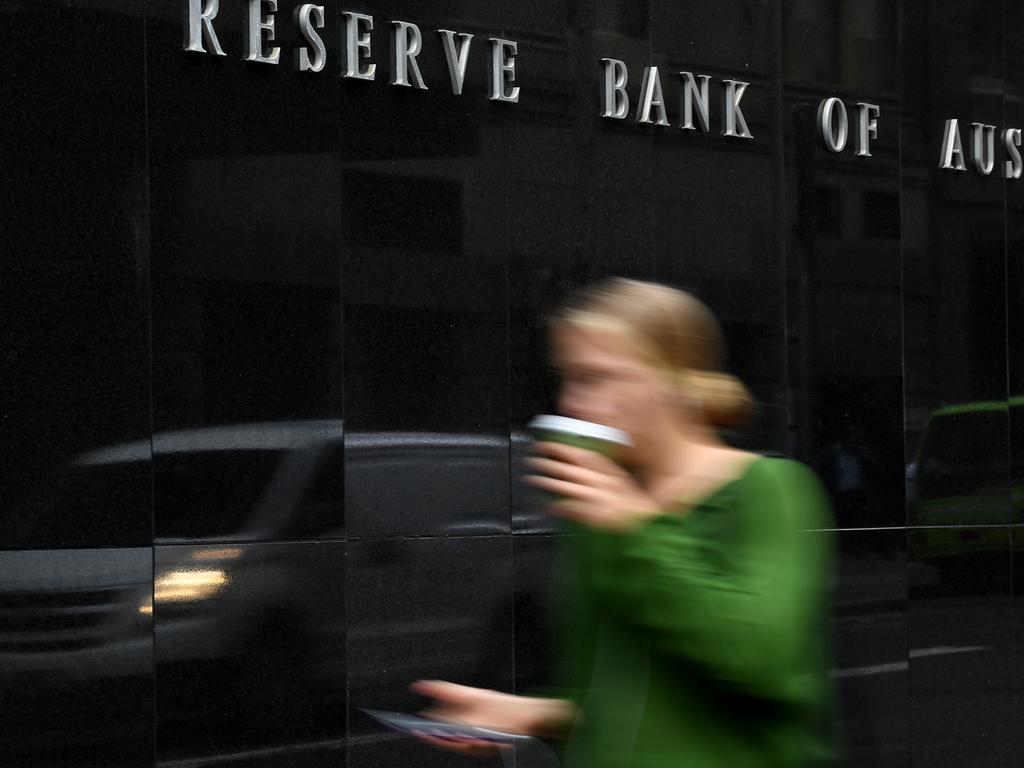Bank CEOs to RBA: Thanks for nothing, Phil

Thanks, Phil.
By itself, a micro-cut in the cash rate by 15 basis points to a record low of 0.1 per cent doesn’t sound like the end of the world, especially when the market’s worst fears about asset quality seem to have been overstated, and bank loan deferral portfolios are running off nicely.
The better macro outlook also was also underscored by an upgrade in the RBA’s forecasts, with the economy climbing out of recession and now expected to grow by 6 per cent in the current financial year, up from 4 per cent.
Unemployment would remain high but peak at a little below 8 per instead of 10 per cent.
Despite this, the revenue outlook for the banks remains stubbornly weak, and it’s no longer possible to point the finger at the 73-year-old John Symond after he stepped down as chairman of industry disrupter Aussie Home Loans on Tuesday.
A 15 basis-point decline in official rates will consume about two basis points of the annual net interest margin of ANZ Bank — the first of the majors to report its full-year result in the current earnings season.
ANZ’s margin is expected to contract by three basis points in the first half of the 2021 financial year.
Record-low rates and anaemic credit growth are also fuelling competition, and the days where volume could offset the impact of eroding margins are long gone.
Some analysts reckon ANZ’s revenue could slide by 5-10 per cent in 2021 if its buoyant markets income of last year return to a more normal level.
As the pressure on revenue intensifies, so does the compulsion to hack into costs; hence ANZ boss Shayne Elliott’s bid to hit an ambitious, $8bn-a-year expense target. Unfortunately for Elliott and his peers, the target gets more elusive as spending on compliance accelerates.
Lowe offered little solace to the banks, or retirees, on the future direction of interest rates, saying he didn’t envisage a hike in rates for at least three years, as the recovery would be “bumpy, uneven and drawn out”.
He reaffirmed that the RBA had “no appetite” to take rates into negative territory, and that the central bank had done “as much as it can” on rates, with the emphasis now switching to bond purchases.
It was not a forlorn hope, he said, for rates to rise at some stage in the next five years.
Indeed, it was “quite realistic” to expect consumers to spend more and save a bit less during that period, as businesses showed an appetite to invest.
Debt collectors loom
The world’s distressed debt funds are dusting off their files and raising capital for deals, as lifelines tossed to the business sector in friendly markets like Australia start to wind down.
Measures like loan forbearance, government hardship packages and regulatory relief always had a limited lifespan, with the new year expected to usher in a flurry of activity, especially in the mid-market populated by companies with $200m-plus in revenue.
Many of these businesses in sectors like tourism and leisure, energy and resources, retail, infrastructure and real estate have survived despite an ever-tightening revenue squeeze.
Some have been able to draw down on loan facilities and standby letters of credit rather than raise the white flag and go into administration.
While a lot of them are technically insolvent, a temporary safe-harbour protection for directors has enabled the businesses to keep operating, although there’s an argument that the problem is merely kicked down the road to their suppliers.
The net result is that credit is further tightened.
International law firm Minter Ellison, which is active in the distressed debt and special situations market, says in a new report that the general consensus among industry insiders and analysts is that stress levels will surge towards the end of this year, precipitated by a large wave of defaults as companies run out of cash.
“While Australia’s big four banks have been given additional, cheap liquidity through government stimulus measures and have been initially supportive of most borrowers, they’re likely to become more selective about which companies they’ll continue to fund,” the report says.
“This will lead to some companies turning to non-bank lenders and alternative sources of capital for financing.”
Mergers and acquisitions partner Ron Forster says there is “plenty of money” available for deployment in the right situations.
Similarly, there was an abundance of funds with a track record of investing in Australian companies, normally by taking debt and equity positions in anticipation of a restructure.
Some of the bigger global names include Oaktree Capital Management, the world’s biggest distressed securities investor, Apollo Global Management, Centerbridge Partners and Kohlberg Kravis Roberts.
It was estimated last April that 50 special situations and distressed debt funds were undertaking $US34.8bn ($49bn) in new raisings.
Minter Ellison has been advising participants on both sides of potential transactions to act speedily.
Companies should be looking to restructure their balance sheets, convert debt to equity and sell non-core assets, well before loan covenant breaches.
As for the funds, the pace of restructurings was picking up, and they should understand the position of the majority when buying into syndicates. An alignment with like-minded investors would enhance the ability to block competing proposals.
gluyasr@theaustralian.com.au Twitter: @Gluyasr







If you listened hard enough on Tuesday, you could almost detect the sarcasm of the major bank chief executives expressing gratitude to Reserve Bank governor Philip Lowe for making their jobs even harder.